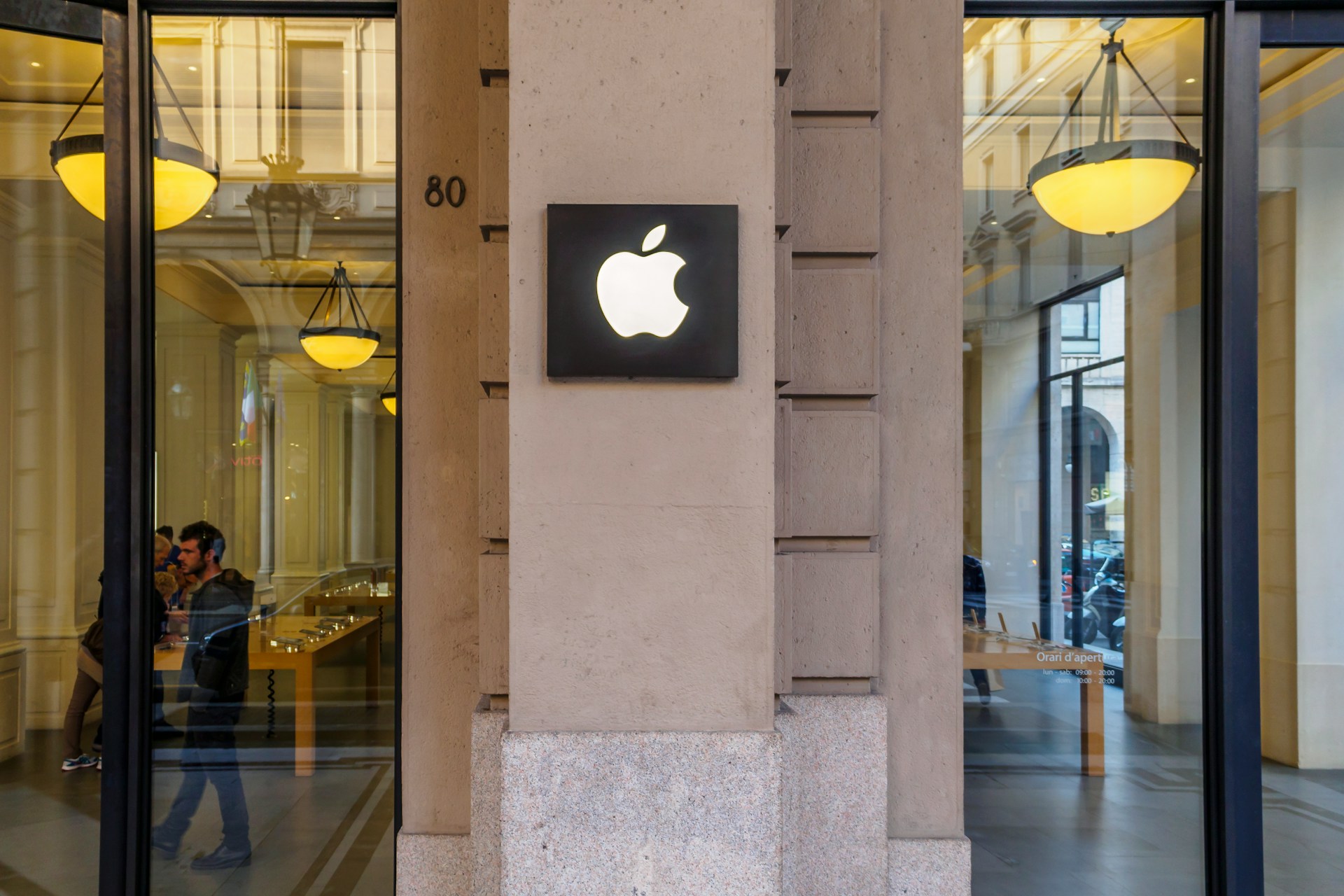When Natalie Craig, a fashion influencer, recently did a search on Pinterest for cargo pants, she noticed something different in the results. This time, among the images were women who looked more like her, without the need to add adjectives like “plus-size” to her usual search. Craig, who is 5’6″ and wears a size 44, found the experience liberating, eliminating the need to mentally juggle to find relevant fashion content online.
It is worth saying that this new experience of Craig on Pinterest is due to the early access to the updated algorithms of the application. These algorithms were designed to show a diversity of body types, which the brand is currently presenting after quietly implementing them over the past few months. These algorithms are largely driven by a recently unveiled AI system that recognizes different body types, complexions and sizes.
Body diversity in Pinterest pins
Importantly, Pinterest is taking a groundbreaking step among major tech platforms by directly addressing how social media services, tweaked by algorithms, amplify the bias that thin, light-skinned bodies are the ultimate standard of beauty.
In this regard, it should be noted that the company applied machine learning to more than 5 billion images of people of all complexions and sizes to develop its technology. In this sense, its goal is for users to perceive that the service celebrates the various body types and offers them content that is more related to them.
People looking for a more representative perspective of the human body on the internet, like Craig, often face difficulties in finding relevant images. Technology platforms have, for the most part, ignored this problem, leading to frustrations. However, Pinterest is addressing this issue by applying algorithms that show a diverse range of body types in results related to fashion, makeup and weddings.
A promise of body diversity in technology companies
It’s worth saying that Pinterest isn’t the only tech company working to make its algorithms more inclusive of bodily diversity. Canva, a provider of online design tools, modified its search algorithms to return a variety of results for images and other content elements based on eight different factors. Google, for its part, has also been considering inclusion within its own services and has invested in sensitivity education and improved guidelines for evaluators to ensure fairness in its results.
It is valid to end by concluding that Pinterest is leading the way by directly addressing the lack of representation of body diversity on technology platforms. Its innovative approach, driven by algorithms and machine learning, is promoting greater inclusion and celebration of diverse body types among its users. This is an important step towards a more diverse and representative Internet for all.




